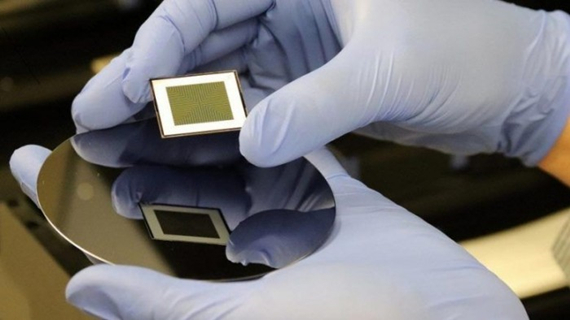'We have developed a truly double-sided solar cell because it has almost symmetrical power generation capacity on both surfaces of the device. When the double-sided battery is deployed in a traditional solar power field, it absorbs direct incident light while also using ground reflection, which can increase power generation by an additional 30%. Double-sided solar cells are becoming more and more important in the launch of solar farms, and the market share is expected to exceed 50% in the next five years. Our work demonstrates the incredible capabilities of this technology,' said Dr. Fong.
The team used a specific laser mixing technology to make the cell. The chief researcher Dr. Marco Ernst said that laser mixing used lasers to partially increase conductivity. This was a low-cost and compatible process to improve the efficiency of the solar cell.
This allows the research team to achieve a front conversion efficiency of 24.3% and a back conversion efficiency of 23.4%, representing a two-sided coefficient of 96.3%. This performance represents approximately 29% of the effective power output, far exceeding the performance of the best single-sided silicon solar cell.
